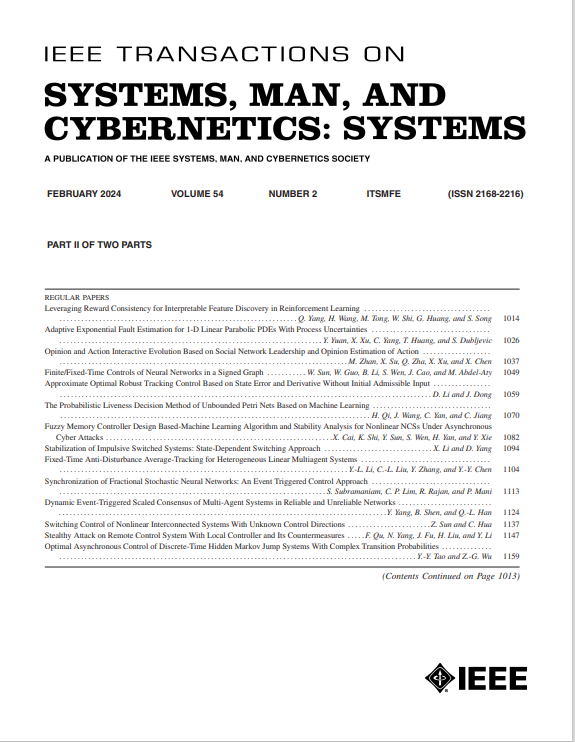A Group Regularization Framework of Convolutional Neural Networks Based on the Impact of Lₚ Regularizers on Magnitude
IF 8.7
1区 计算机科学
Q1 AUTOMATION & CONTROL SYSTEMS
IEEE Transactions on Systems Man Cybernetics-Systems
Pub Date : 2024-09-26
DOI:10.1109/TSMC.2024.3453549
引用次数: 0
Abstract
Group regularization is commonly employed in network pruning to achieve structured model compression. However, the rationale behind existing studies on group regularization predominantly hinges on the sparsity capabilities of基于 Lₚ 正则对幅度影响的卷积神经网络组正则化框架
组正则化通常用于网络剪枝,以实现结构化模型压缩。然而,现有的群正则化研究主要是基于 $L_{p}$ 正则化器的稀疏性能力。这种单一的关注点可能会导致错误的解释。针对这些局限性,本文提出了一个新的框架,通过分析 $L_{p}$ 正则化器对权重大小和权重组大小的影响,来评估分组正则化方法的惩罚效果。在这一框架内,我们证明了 $L_{1,2}$ 正则化与流行的文献相反,在结构剪枝任务中确实表现出了良好的性能。受此启发,我们引入了一种混合组正则化方法,它整合了 $L_{1,2}$ 正则化和 $L_{1/2}$ 组正则化(表示为 HGL1,2& $L_{1/2}$ )。这种新方法利用 $L_{1,2}$ 正则化来惩罚幅值超过临界阈值的权重组,同时对其他权重组采用组 $L_{1/2}$ 正则化,从而解决了为惩罚权重组选择适当 $L_{p}$ 正则化的难题。实验评估验证了所提出的混合组正则化方法的效率和所引入框架的可行性。
本文章由计算机程序翻译,如有差异,请以英文原文为准。
求助全文
约1分钟内获得全文
求助全文
来源期刊

IEEE Transactions on Systems Man Cybernetics-Systems
AUTOMATION & CONTROL SYSTEMS-COMPUTER SCIENCE, CYBERNETICS
CiteScore
18.50
自引率
11.50%
发文量
812
审稿时长
6 months
期刊介绍:
The IEEE Transactions on Systems, Man, and Cybernetics: Systems encompasses the fields of systems engineering, covering issue formulation, analysis, and modeling throughout the systems engineering lifecycle phases. It addresses decision-making, issue interpretation, systems management, processes, and various methods such as optimization, modeling, and simulation in the development and deployment of large systems.
 求助内容:
求助内容: 应助结果提醒方式:
应助结果提醒方式:


